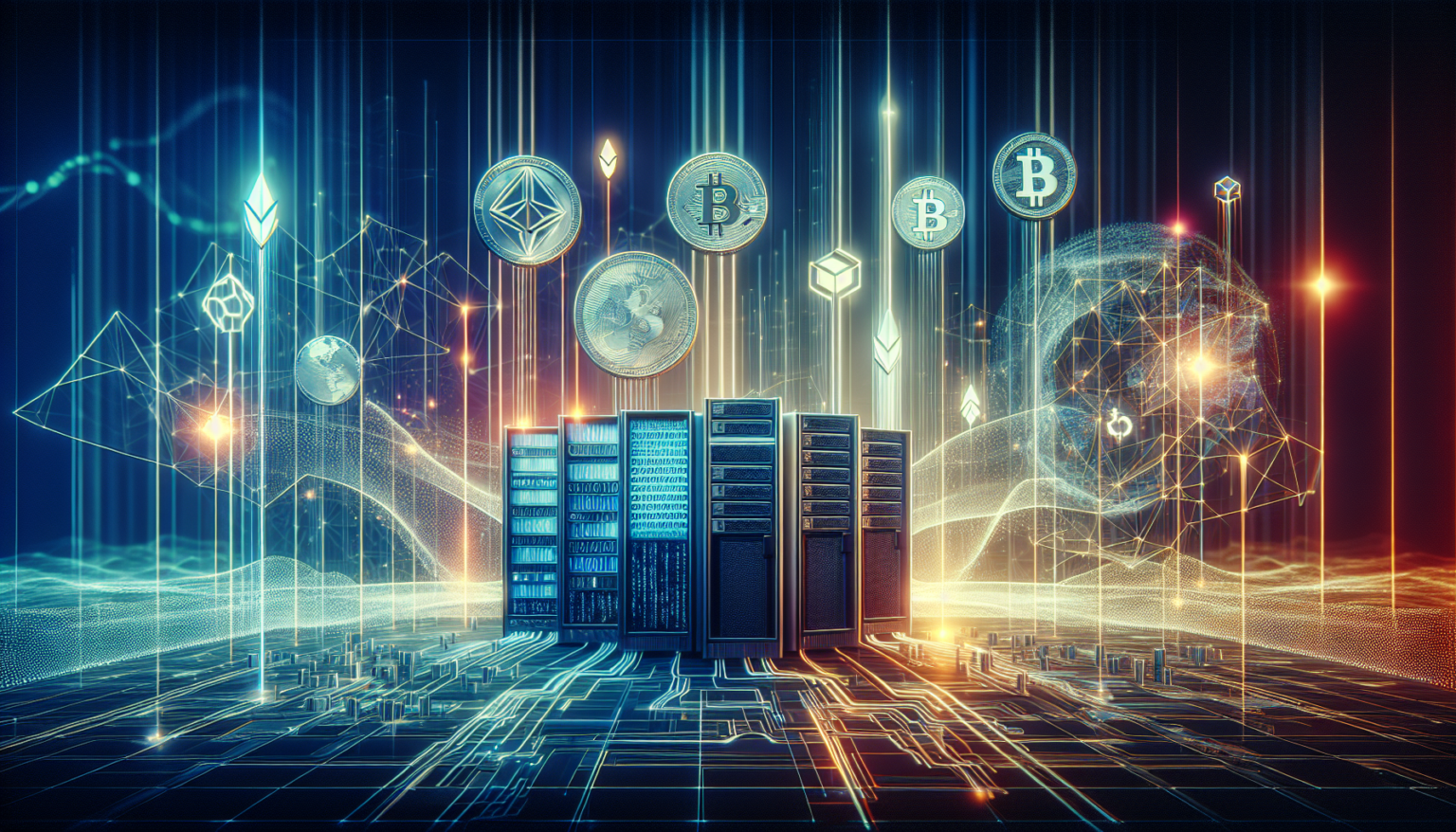The Intersection of AI and Cryptocurrency
Understanding the Synergy
The relationship between artificial intelligence (AI) and cryptocurrency is growing more intricate. As both technologies advance, they can create opportunities that redefine financial systems. AI can analyze vast amounts of data in real time, while cryptocurrencies offer decentralized and secure methods of conducting transactions. Together, they can drive the future of finance, investment strategies, and market analyses.
The Role of AI in Cryptocurrency Trading
Data Analysis and Predictive Modeling
One of the most significant advantages AI brings to cryptocurrency trading is its ability to process and analyze data quicker than any human could. Algorithms powered by AI can assess market trends by looking at historical data, market sentiment, and various other indicators. This capability allows traders to make informed decisions and develop predictive models that can identify profitable trading opportunities in real time.
Automated Trading Bots
Automated trading is another trend where AI shines. AI-driven trading bots can execute trades around the clock. These bots can analyze hundreds of markets simultaneously, capitalizing on price discrepancies or trends that humans might miss. This level of automation not only maximizes potential profits but also minimizes emotional decision-making, which is often detrimental in volatile markets like cryptocurrency.
Fraud Detection and Risk Management
Spotting Anomalies in Transactions
Fraud in cryptocurrency is a considerable concern, and AI plays a crucial role in combating it. With machine learning algorithms, it’s possible to identify patterns and anomalies in transactions. By training models on large datasets, AI can flag unusual activities that may indicate fraud, allowing for immediate action to prevent loss.
Risk Assessment Algorithms
Risk management is vital for any investment strategy, and AI can enhance this by providing advanced risk assessment tools. By analyzing market data, investor behavior, and transaction histories, AI can help investors determine the risk level associated with a particular cryptocurrency investment. This capability allows individuals and institutions to adjust their portfolios dynamically, according to the level of risk they are willing to accept.
Tokenization of AI Models
What is Tokenization?
Tokenization refers to converting an asset into a digital token on a blockchain. In the context of AI, tokenization can enable unique forms of ownership and access to AI models and datasets. This concept adds a layer of decentralization that aligns with the principles of cryptocurrency.
Access to AI Features via Cryptocurrency
Distributing AI Resources
Imagine being able to pay for access to an AI model using cryptocurrency. This method allows developers to monetize their AI technologies and data efficiently. Companies can provide tiered access to their AI models, which can be paid for using cryptocurrencies, making it accessible for smaller firms and individual developers.
Community-Driven AI Development
Tokenization can facilitate community-based development of AI models. By investing small amounts of cryptocurrency, community members can contribute to improving an AI system. This collaborative approach would democratize AI development, allowing diverse insights and innovations to emerge.
Decentralized Finance (DeFi) and AI
The Convergence of AI and DeFi
Decentralized finance, commonly known as DeFi, is reshaping the traditional financial landscape. As DeFi grows, the integration of AI can revolutionize how we approach lending, insurance, and asset management.
Smart Contracts and AI Integration
Smart contracts are self-executing contracts with terms directly written into code. Integrating AI into these contracts could lead to more intelligent decision-making processes. For example, an AI could assess creditworthiness in real time, adjusting lending terms based on a borrower’s financial behavior and market conditions. This capability could greatly enhance the efficiency and inclusivity of financial services.
Enhanced Risk Management in DeFi
AI can also improve risk assessment processes within DeFi platforms. By analyzing user behavior and market data, AI can predict potential risks and adjust lending or insurance parameters accordingly. This feature could protect both lenders and borrowers from unexpected market downturns.
AI-Powered Non-Fungible Tokens (NFTs)
The Evolution of NFTs with AI
Non-fungible tokens (NFTs) have gained immense popularity, but incorporating AI can take them to the next level. AI can empower NFTs by offering dynamic features that adapt and change over time, rather than being static digital assets.
Generative Art and AI
Generative art is an area where AI has made a significant impact. Artists can use AI algorithms to create unique, one-of-a-kind pieces that can be minted as NFTs. These pieces can evolve based on external data, making them interactive and highly sought after in the digital art world.
Smart NFTs
Smart NFTs could utilize AI to enhance their functionality. For instance, an NFT could evolve based on user interaction or exhibit different behaviors depending on market trends. This dynamism can create new engagement opportunities for artists and collectors, moving beyond static ownership to creating unique experiences.
Ethics and Governance in AI and Cryptocurrency
The Importance of Ethical Guidelines
With the rapid development of AI and cryptocurrencies, there’s an increasing need for ethical standards and governance frameworks. Ensuring that AI systems operate transparently, fairly, and without bias is a growing concern.
Creating Fair Algorithms
One of the biggest challenges in using AI for cryptocurrency is developing fair algorithms. Many AI systems can inadvertently perpetuate biases in data. Establishing ethical guidelines can help mitigate these risks, ensuring that AI-driven investment and trading strategies are fair and inclusive.
Decentralized Governance Models
Blockchain technology offers a unique approach to governance. By implementing decentralized governance models, stakeholders can have a direct say in how AI systems are developed and deployed. This can lead to greater accountability and trust, essential for long-term success and acceptance.
Conclusion: Embracing the Future
The future of AI and cryptocurrency collaborations is incredibly promising. As these technologies continue to intersect, innovative solutions will emerge, driving efficiency, inclusivity, and security in various sectors. With ethical considerations and governance firmly in place, the potential for AI and cryptocurrency to transform our world is limited only by our imagination.








